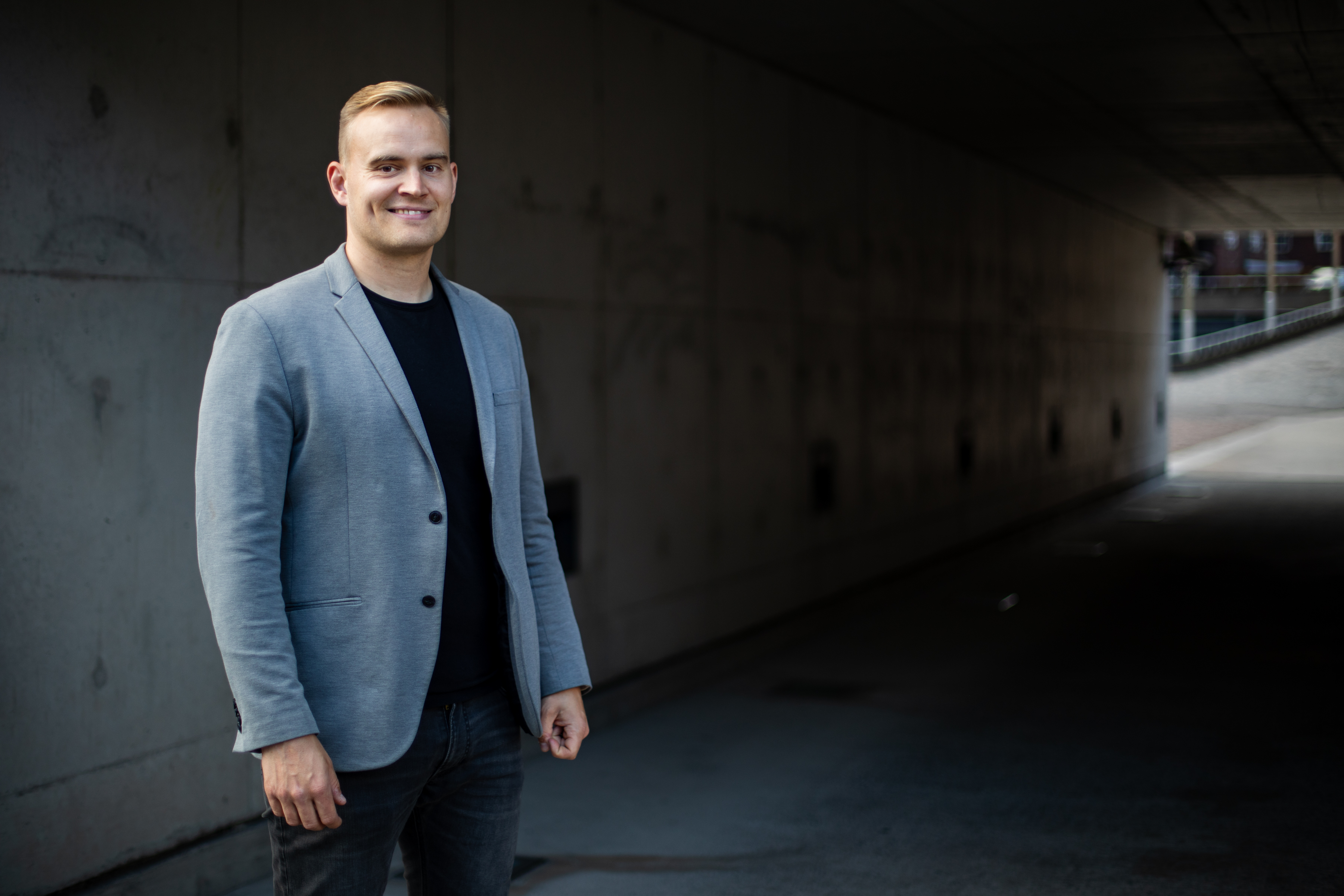Using all possible means to curb greenhouse gas emissions
Political decision-makers are constantly setting stricter targets for reducing carbon dioxide emissions. Earlier, the EU’s target was to reduce emissions by 40% compared to the 1990 levels by 2030; last April, however, the target was raised to 55%.

- Finland’s national targets are even stricter than at the EU level. Finland aims to be carbon neutral already in 2035, and carbon negative soon thereafter, says Atte Harjanne, Finnish Green Parliament Member and Vice President of the party.
Harjanne thinks that Finland’s goal is realistic, but achieving it requires utilising all available zero and low emission solutions. Nuclear power is one of the tools for transitioning towards a carbon-neutral society.
- It would be good to have Olkiluoto 3 generating electricity soon, and there would also be a market for the power from Fennovoima’s upcoming nuclear power plant. If we could manufacture small nuclear power plants in series, like aircraft, they could be built more easily and quickly than today, Harjanne ponders.
Small-scale nuclear power has been utilised for decades on board ships and submarines, as well as for providing power for areas with lacking infrastructure.
- At the moment, the thinking and legislation around nuclear power are focused on the construction of large nuclear power plants. In Finland, wide-spread utilisation of small-scale nuclear power would necessitate changing the legislation and adopting a new way of thinking.
Demand for electricity will increase in the coming years, especially as industry is being electrified and the use of hydrogen increases. Harjanne considers that the relationship with nuclear power is currently distorted in the discussion related to green hydrogen production: the popular opinion within the EU is that green hydrogen should be produced using exclusively renewable energy sources.
- It is a common idea that green hydrogen can be generated using surplus wind and solar energy. In practice, however, this will not be enough; we should also approve using low-emission electricity, generated by nuclear power, for the production of green hydrogen.
Negative attitudes are rooted firmly in the past
According to Harjanne, the negative image related to nuclear power originates from the events following World War II and the political struggle around the final disposal of spent nuclear fuel.
- The final disposal of spent nuclear fuel seems to be a question where political consensus is hard to find in a lot of countries. In Finland, politicians were able to come together and make the final disposal decision, which has allowed us to be the furthest ahead in the world as regards implementing the final disposal solution for spent nuclear fuel.
Harjanne says that some opponents consider nuclear power an expensive way to produce energy.
- I don’t think this is a feasible approach for a politician to take. Politics are a major factor behind the production cost for the various production methods. We ourselves have decided that strict regulation and licensing is required for nuclear power.
We have the data – now, we need the will
MP Atte Harjanne, 37, graduated from Aalto University’s School of Electrical Engineering, majoring in user-focused data communications technology, but he has also studied environmental sciences and service design. Before starting as MP in 2019, he was a researcher at the Finnish Meteorological Institute. His research involved the financial and societal impacts of climate change.
- We have sufficient data on climate change and its contributing factors in order to achieve positive results, but politics is the bottleneck for change. This is why I wanted to go where the decisions are being made, Harjanne says.
Harjanne has clearly stated his pro-nuclear stance. For the most part, feedback on this transparency has been positive.
- Some people might still think that a pro-nuclear stance means that I am focusing on the additional construction of nuclear power. This has never been my intention; I have emphasised that nuclear power is one option alongside other low-emission energy sources, Harjanne clarifies.
According to Harjanne, a significant part of Greens voters see nuclear power as an opportunity. When asked about the acceptability of current nuclear power or the possibility of building additional nuclear power, there are more positive than negative opinions.
- The political platform for the Greens no longer contains an anti-nuclear clause. The Greens consider that all solutions which can reduce the use of fossil fuels must be utilised. The current government platform also states that a positive stance will be taken to extending the operating licences for operating nuclear power plants, provided that the Radiation and Nuclear Safety Authority supports it.
Text: Timo Sillanpää
Share